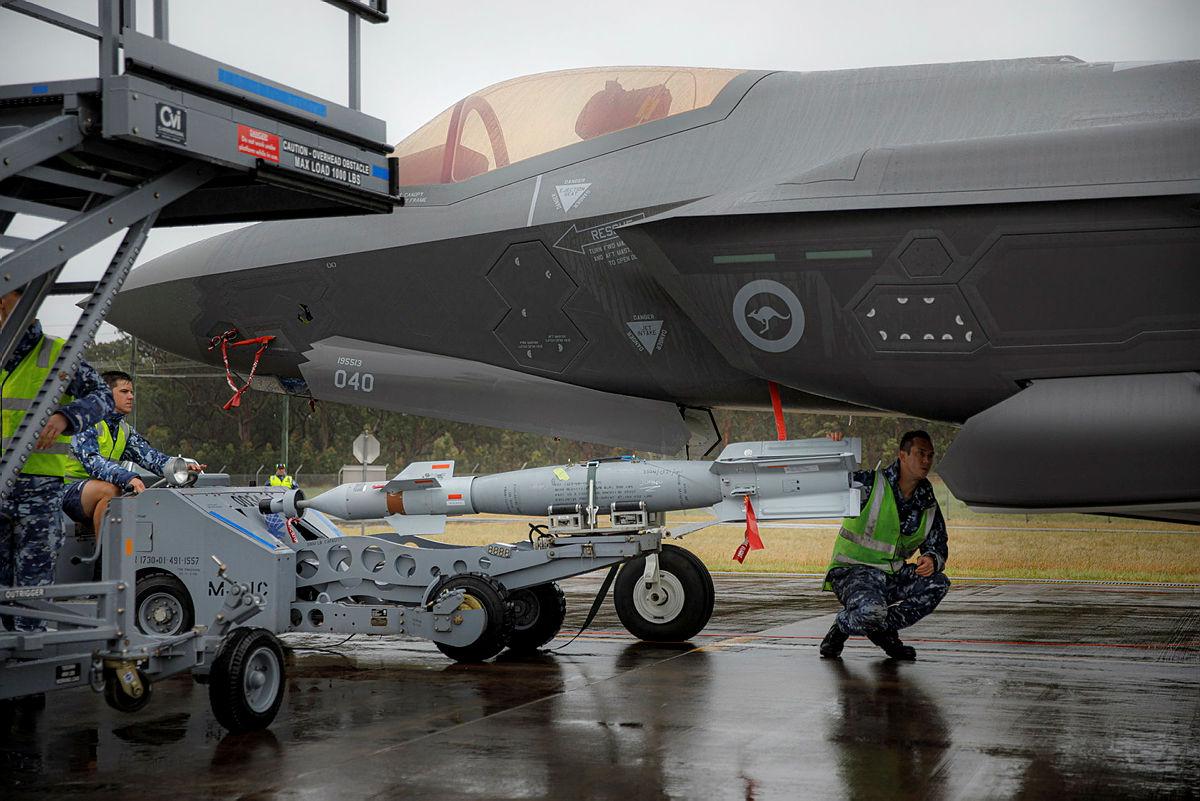
The Russian invasion of Ukraine has brought renewed focus on questions of munitions stockpiling and production capacity. Efforts to secure as many modern anti-armour weapons from whoever can provide them have been a prominent feature of Ukrainian diplomacy, for example.
The scramble has also been on for supplies of munitions of every conceivable nature. Recent footage suggests that Ukraine is using Iranian 122-millimetre artillery ammunition, and not old stuff, but shells apparently manufactured in 2022. More strikingly, Russia was recently reported to be buying significant quantities of ammunition from North Korea.
Given the high rates of ammunition consumption being reported, there has been significant attention paid to the sustainability of this usage by both sides, as well as what it might tell other countries about the robustness of their own arrangements.
These are not new questions and, commendably, the Australian government had already decided to do something about concerns in this area before the events of this year. The ‘Guided Weapons and Explosive Ordnance Enterprise’ (known as ‘GWEO’ or the ‘GWEO Enterprise’) was announced in March 2021. It is intended to be the ‘enabling ecosystem to support Defence’s inventory of guided weapons and explosive ordnance’, with a long-term (beyond 10 years) goal that ‘Australia will have achieved increased sovereign design, development, manufacture and support of selected weapons’.
There are two parts to this issue. Quite a bit has already been written about the first—the ‘guided weapons’ component. ASPI senior analyst Marcus Hellyer’s attempt to ‘crack the missile matrix’ is perhaps the most prominent public piece of work.
In short, the GWEO Enterprise appears to remain some way off producing anything, and the two ‘strategic partners’ to the enterprise (Raytheon and Lockheed Martin) already produce most of Australia’s guided munitions (both offshore and onshore). Defence is at pains to emphasise that in the first instance increasing stockpiles, from whatever supply chains are available, is the first priority.
This initial priority for increasing stocks, not manufacturing, can creditably be seen as a tacit acknowledgement of how fraught the word ‘sovereign’ is in this area. Building anything that looks like domestically manufactured guided weapons at a relevant scale is an undeniably complex endeavour, and it is perhaps not surprising progress has been slow. This is not just true of the most exquisite missile systems.
Currently, primers for small-arms ammunition are reportedly 100% imported from overseas. They are readily available and low cost under ‘normal’ conditions, and could be stockpiled to facilitate surge manufacturing of finished munitions in a crisis. But this would not represent a start-to-finish, independent manufacturing capability, if that were taken as the meaning of ‘sovereign’.
This leads us to the second aspect and the other end of munitions spectrum: how healthy are our supply arrangements for more traditional, ‘dumb’ munitions, like artillery shells, unguided bombs and rockets and the myriad small-arms and medium-calibre ammunition?
It bears noting that the ‘EO’ part of ‘GWEO’ itself appears to have been the product of some sort of evolution, at least of public framing. The previous government initially announced a ‘Sovereign Guided Weapons Enterprise’, and Defence subsequently introduced the ‘GWEO’.
Defence is, for understandable reasons, completely mum on the question of what Australia’s existing stockpiles of any munitions type look like. You can glean snippets from select guided weapons purchases (see Appendix 1 of Hellyer’s missile report: at best we might get an ‘up to’ quantity associated with a sale), but the picture doesn’t even exist to that extent for their ‘dumb’ cousins. We can assume that many of our extant stockpiles wouldn’t last long, at least at anything approaching the consumption rates being observed in Ukraine.
Australian Munitions, a Thales subsidiary, operates two manufacturing facilities abreast of the Murray River: one in Benalla, Victoria, and the other in Mulwala, New South Wales. The latter produces explosives and other inputs—‘energetics’, in industry parlance—while the former is an ammunition factory. These facilities are ‘government-owned, commercially operated’.
With the inking of the $1.1 billion ‘Strategic Domestic Munitions Manufacturing’ contract with Thales in 2020, it was also revealed that another armament and munitions firm, NIOA, was to share the Benalla facility. NIOA is also building an artillery shell forging plant at Maryborough in Queensland, which is expected to be completed this year. The company reportedly ‘has plans, subject to government approval to produce 155mm Assegai Projectiles, 30mm ammunition for the Boxer vehicle, hand grenades, aircraft bombs and artillery fuses’. At this stage, NIOA is not delivering these munitions to Australian defence users and these plans are therefore, presumably, not part of the GWEO.
The GWEO leadership team from Defence provided an ‘industry update’ at the Land Forces 2022 Expo in Brisbane last month. The report on ‘progress to date’ reflected the emphasis on guided weapons. Only two items were noted specifically in terms of ‘dumb’ natures. One was the ‘BLU series’ of bombs, for which Thales has established a local manufacturing capability.
The second is the request for proposal for large-calibre munitions issued by Defence. Defence reported that it has received responses for 81-millimetre (mortar), 155-millimetre (artillery) and 5-inch (naval) ammunition.
What is interesting here is that Defence framed this development as a response to potential opportunities. It was not part of the original plan and remains unfunded in the GWEO portfolio. On the face of it, this is not a bad thing; however, it bears noting that this suggests that this component wasn’t something that emerged as a targeted priority.
In a second part to this piece, I’ll pose some questions about whether this EO state of play adequately reflects the potential need for these supplies by Defence, and discuss some of the barriers to realising greater ambition in this area.